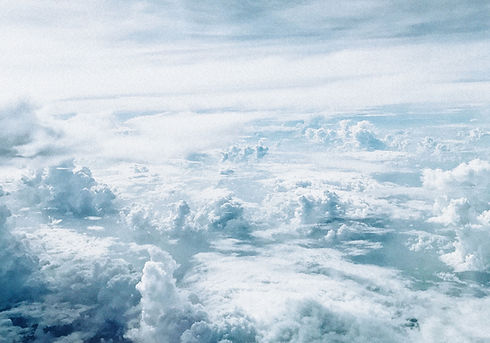
THINKING
WITH WATER
TROUBLING WATERSCAPES
Troubling waterscapes is an exploration into the possibilities of troubling dominant representations and ways of experiencing water in India and elsewhere.
As artists, activists and scholars from India, Italy and the UK, we are motivated to explore and provide space to different modes and methods of narrating water, challenging conventional academic forms of narration.


The Emergent Waterscape
Our journey begins, and is woven throughout, with ethnographic engagements in the village of Pravah*, in Maharashtra, India.
The human-water relations observed and co-experienced in Pravah are the starting point and the central thread that runs through this exhibition, taking the audience on a journey through different ‘worldings,’ ways of being with, understanding, knowing and feeling water.
From Pravah's stories and a critical process of questioning, a troubled waterscape has emerged - expressed through a series of collaborative reflections as a patchwork of maps and different mediums of visual expression.
[*Pseudonyms used for all names and place names to protect the identity of the research participants.]
TROUBLED AND TROUBLING
Throughout the exhibition, we think with troubling as a praxis of questioning assumptions and dominant narratives or representations; and troubling as a lens to think about complex and uneven socionatural relations.
So, whilst we aim to bring recognition to the troubled experiences and narratives of human-water relations in Pravah, as they emerge through voices and stories, we also want to trouble narratives of pollution, commodification and victimhood that often characterise stories of communities in rural India.
We embrace troubling as a way of “learning to be truly present, not as a vanishing pivot between awful or edenic pasts and apocalyptic or salvific futures, but as mortal critters entwined in myriad unfinished configurations of places, times, matters, meanings”.
[Donna Haraway (2016) 'Staying with the trouble: Making kin in the chthulucene']

MAPPING BACK
"
By working with critical counter cartographies, we want to excavate the multiple processes that are sedimented in time, and produce specific dynamics in particular places. By peeling away these layers, we also investigate their interactions with material and social practices elsewhere, revealing the processes of marginalization and inequalities that are underneath them.
[KATZ (2001) 'ON THE GROUNDS OF GLOBALIZATION, A TOPOGRAPHY FOR FEMINIST POLITICAL ENGAGEMENT']
"
Mapping-back is a method within wider counter-cartographic methodologies that challenges and disrupts hegemonic worldviews and colonial ways of seeing.
In this exhibition we adopt a process of mapping-back to explore contesting visions of waterscapes through critical counter-cartographies and ethnographic insights, offering a lens onto the uses, practices, relationships, and visions of water - a layering of maps, pictures and stories.